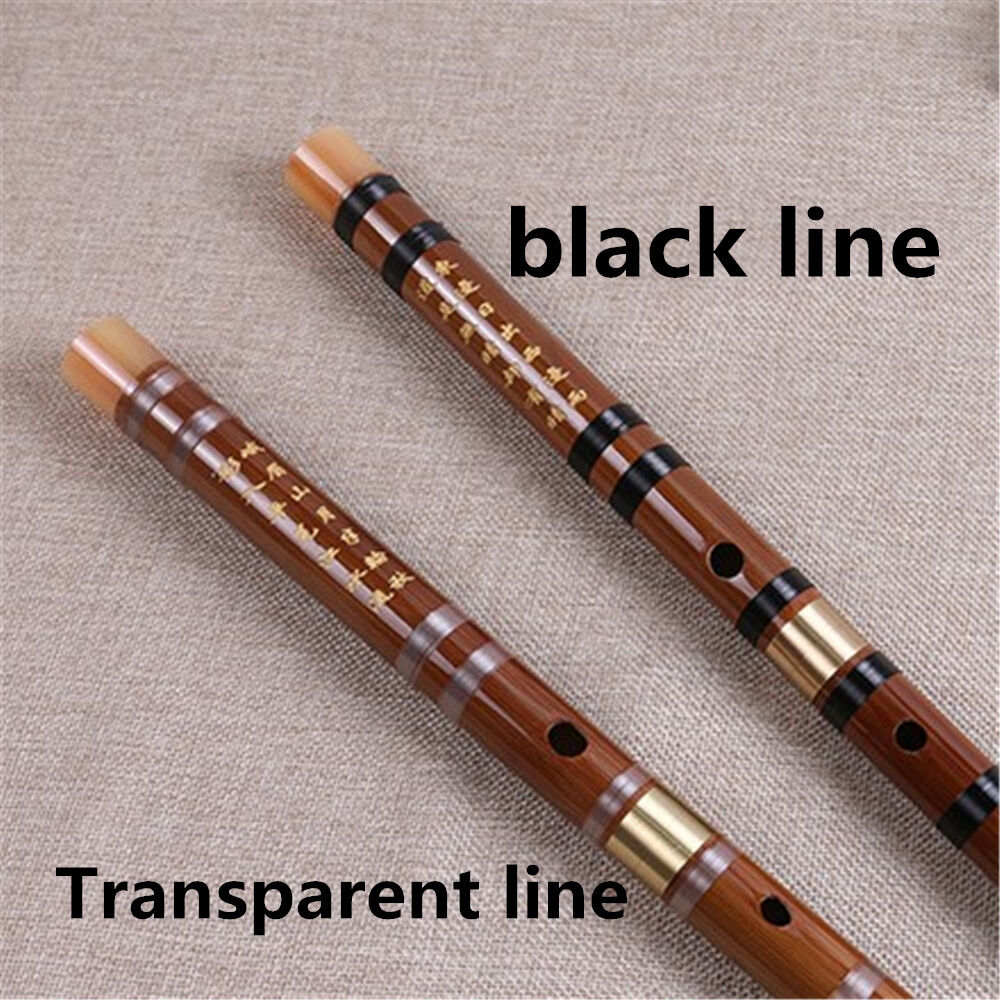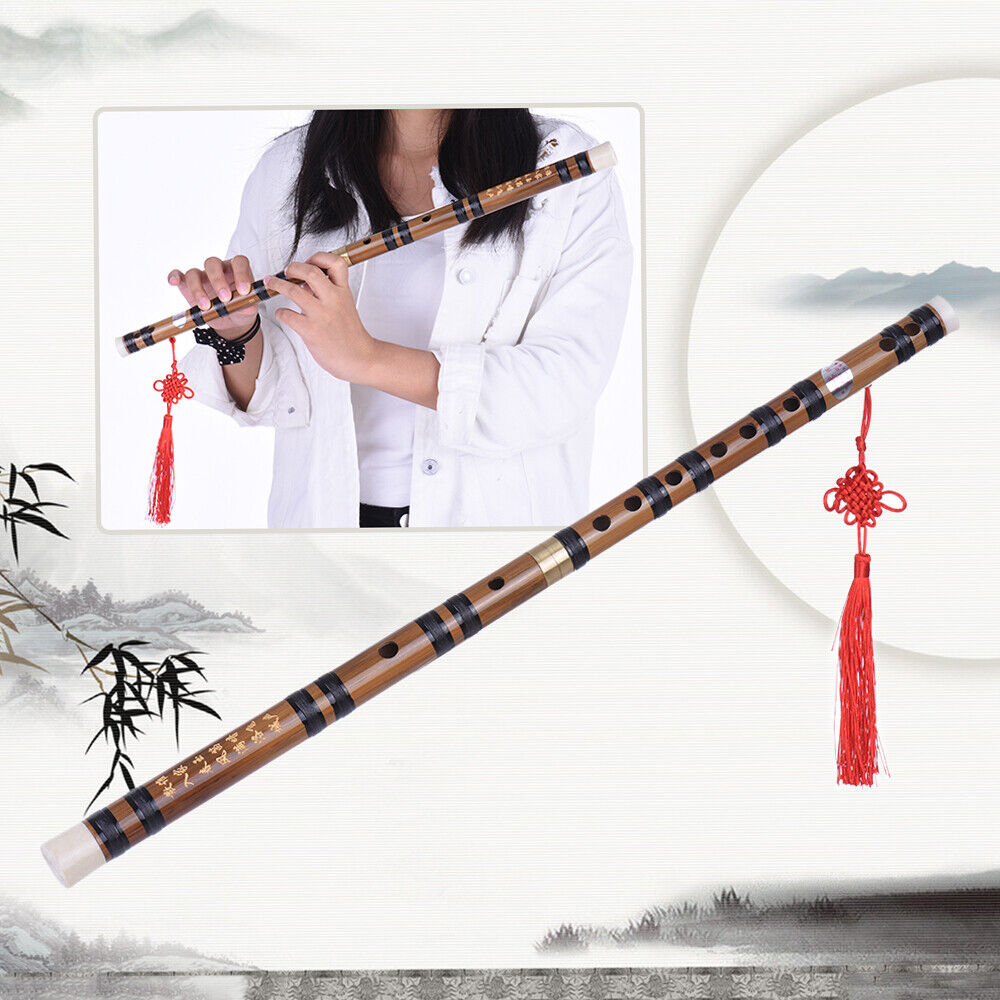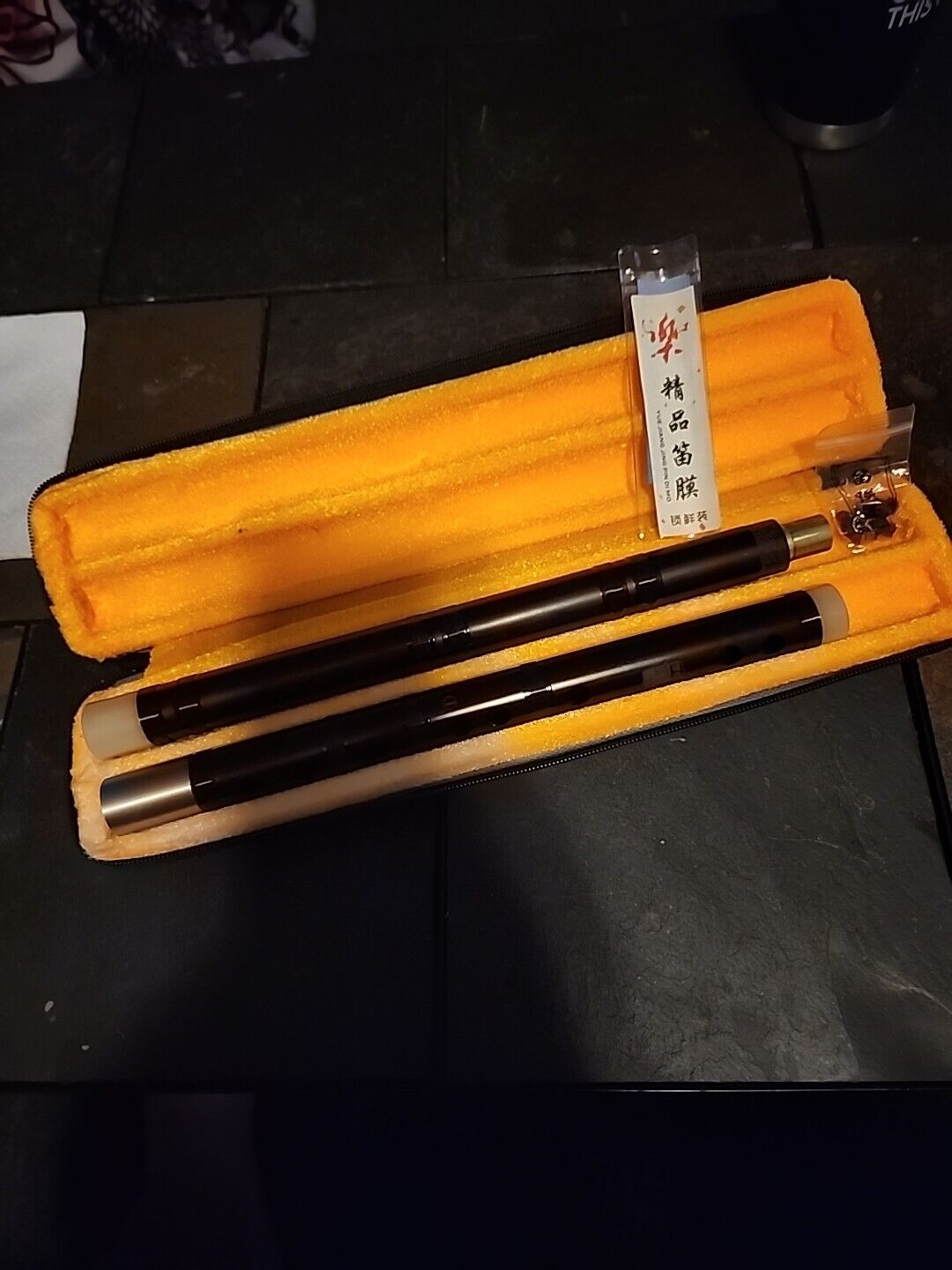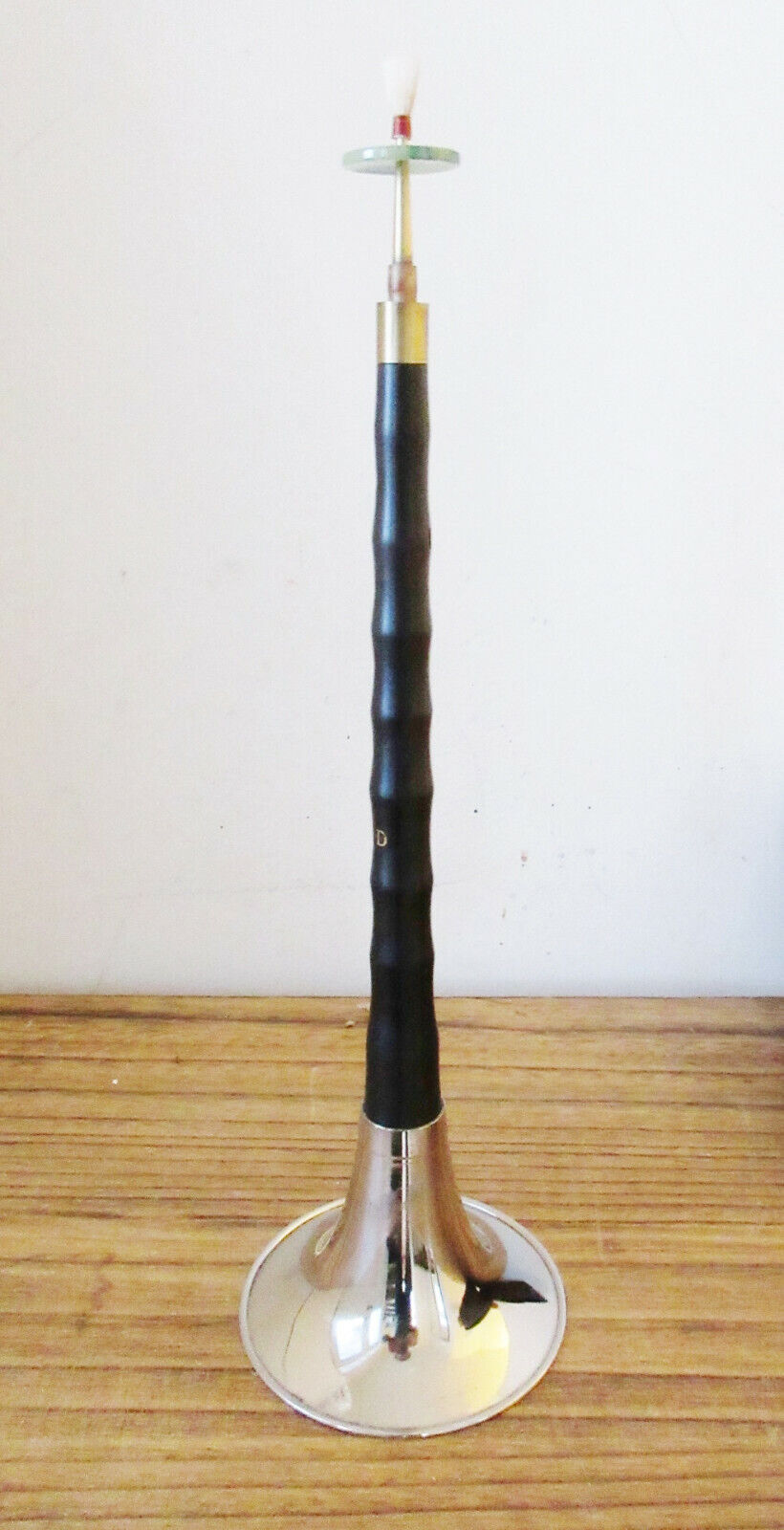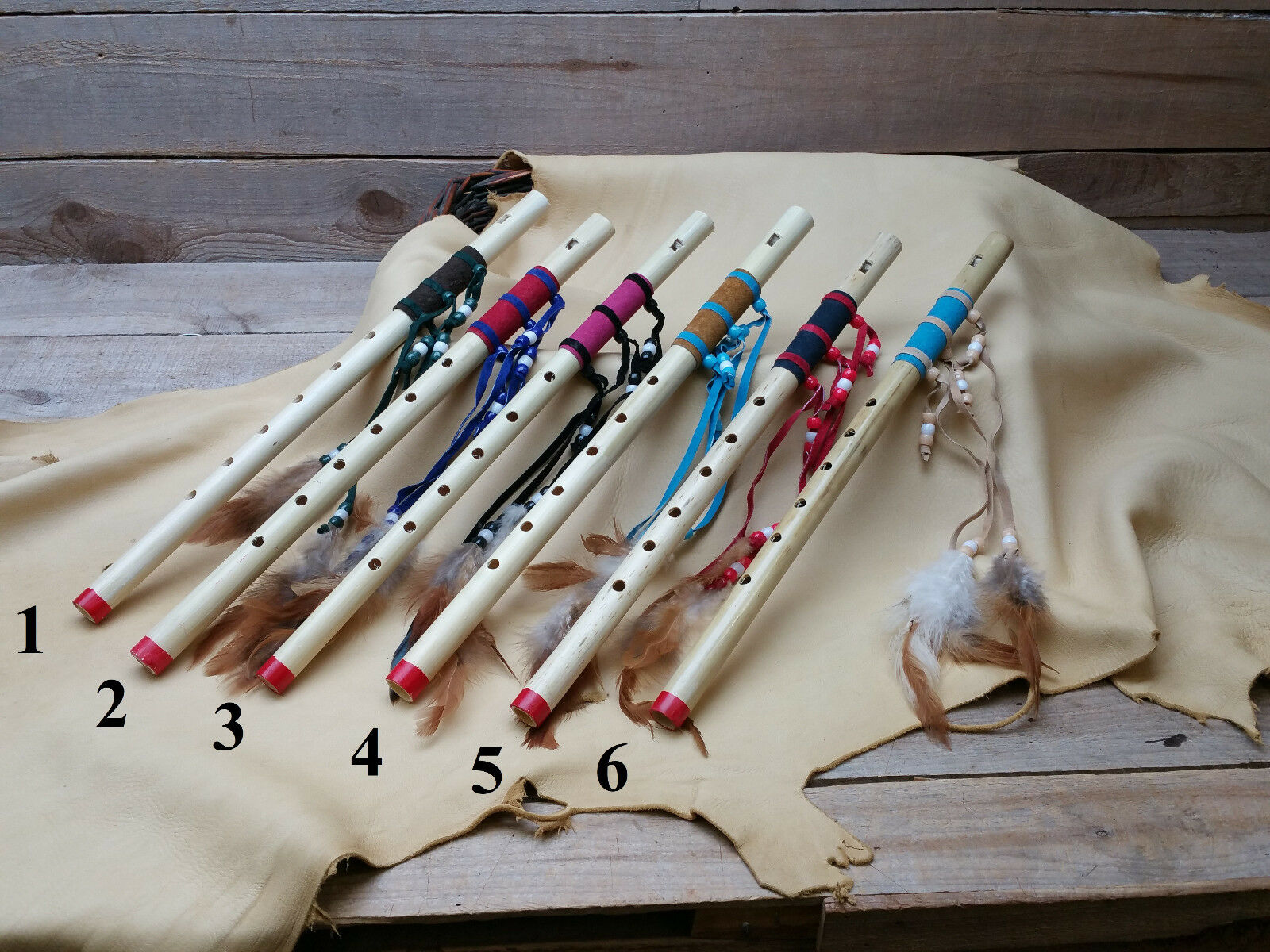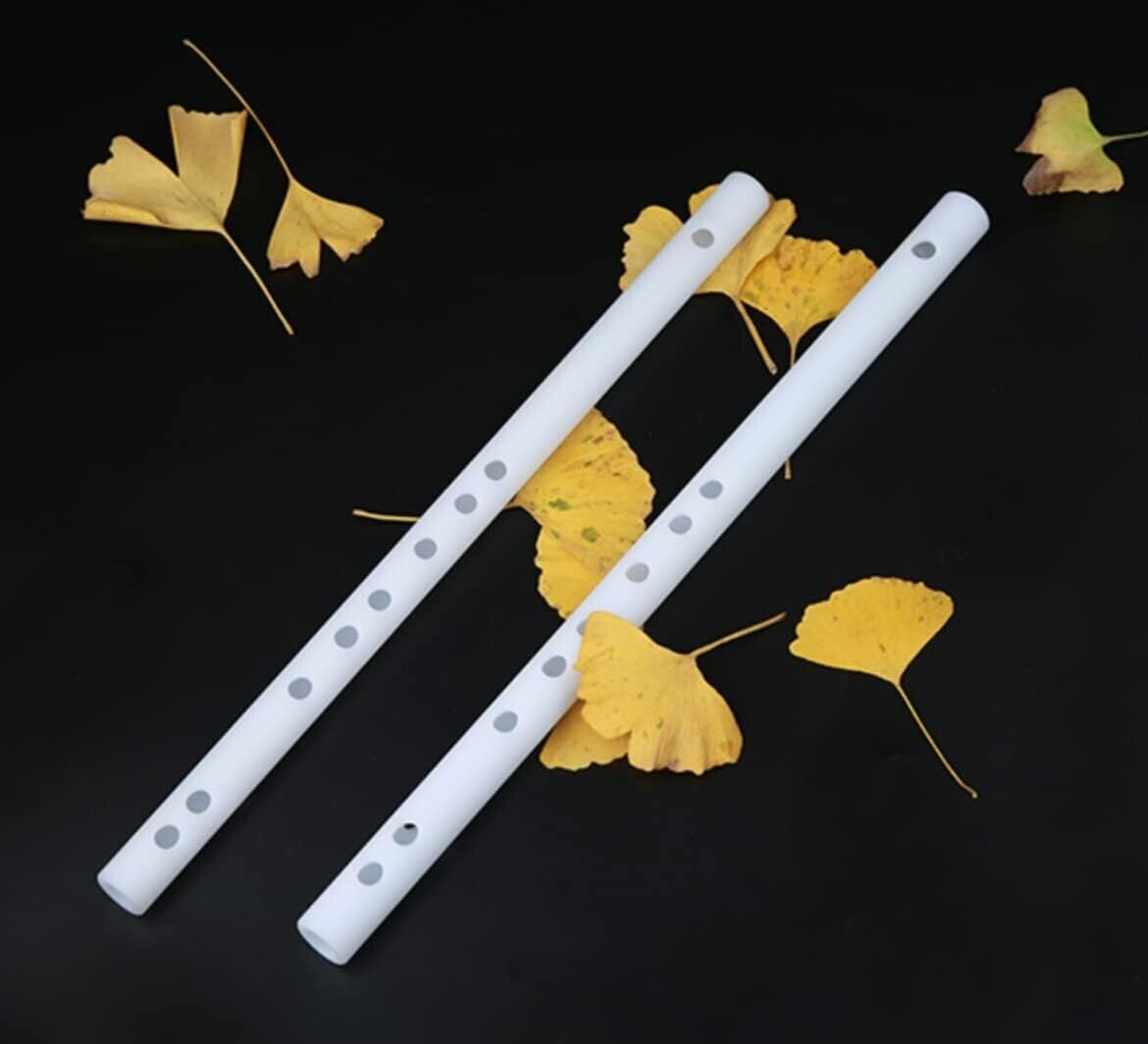-40%
Dizi , F key flute, wooden concert master flute
$ 68.63
- Description
- Size Guide
Description
Product Information:Materials: black wood
Key: F key
bandi
(open three holes as F1, lowest note is C1)
High grade: master maker made wooden dizi.
Joint: one brass joint.
Decoration: Ox horn on both of top and end.
Design:
Imitation
bamboo body.
Gift
: free dizi case and membrane.
Concert master flute, master musician approved.
Shipping in 48 hours. Free Shipping in the USA, and please check
Shipping and Payment
for other countries.
An Introduction to the Dizi:
Early in the region of Emperor Wudi (141-88 BC) of the Han dynasty, the
di
flute was introduced from western areas into China and standardized in construction through revisions. But broadly speaking, such features as its bamboo make, edged tone and side holes have given the evidence of its existence in the ensembles of the Spring and Autumn Period (770-476 BC). A new archaeological find reveals the earliest type so far, some bone flutes unearthed from a tomb in Hubei province; they are socially the same in construction as the modern bamboo type, only without the hole for membrane. These instruments still can be played despite of its old age of 8,000.
The modern type is frequently wrapped with bands of silk or thread for crack-proof. Its range is about two and a half octaves. Among many types,
bangdi
and
qudi
are the most common nowadays. The shorter type known as
bangzi
opera of northern China. The longer one known as
qudi,
with a mellow tone, emerged with the
kunqu
opera of centeral China. The former is a fourth higher in pitch than the latter.
The
di
is very popular with the common people, often used for solos or in ensembles, and in the accompaniments as well.
Range:
C key (g to c3) D key (a to d3); G key (d1 to e3); F key (c1 to d3) etc.






